Are you struggling to figure out how to use the symbols on your ADT remote key fob? You’re not alone. Many people find these symbols confusing or overwhelming, but don’t worry – once you understand them, using your remote key fob will become second nature.
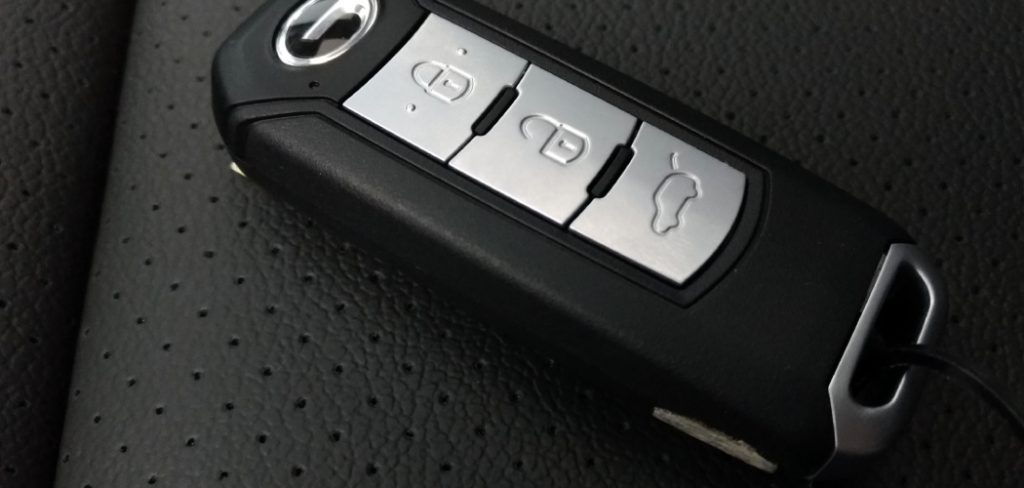
The ADT remote key fob is a convenient tool that provides quick and easy control over your home security system. Understanding the symbols on the key fob is essential to operating it effectively and ensuring the security features are utilized to their full potential. Each symbol corresponds to a specific function, such as arming or disarming the system, triggering the panic alarm, or controlling other connected devices.
This guide will walk you through the meaning of each symbol and how to use ADT remote key fob symbols, enabling you to manage your home security with confidence and ease.
What Are the Benefits of Using ADT Remote Key Fob Symbols?
The primary benefit of using ADT remote key fob symbols is convenience. With the press of a button, you can quickly and easily arm or disarm your home security system without entering a code into a keypad or using your phone. This can be especially helpful when you’re in a hurry or have your hands full.
Additionally, the key fob allows for more discreet control over your security system. You can arm or disarm it from a distance without drawing attention to yourself, which can be helpful if you have guests over or are arriving home late at night.
Furthermore, some ADT remote key fobs have extra features, such as controlling smart home devices, such as lights and thermostats. This added convenience and control make using the key fob an essential part of managing your home security system.
What Will You Need?
Before diving into the symbols and their meanings, ensure you have your ADT remote key fob handy. You should also familiarize yourself with the buttons on the key fob:
- Arming button (usually labeled “Arm” or has a picture of a closed lock)
- Disarming button (usually labeled “Disarm” or has a picture of an open lock)
- Panic button (often red and labeled “Panic” or has a picture of an exclamation mark)
Now that you have everything you need, let’s take a closer look at each symbol and how to use it.
9 Easy Steps on How to Use ADt Remote Key Fob Symbols
Step 1. Locate the Arming Button
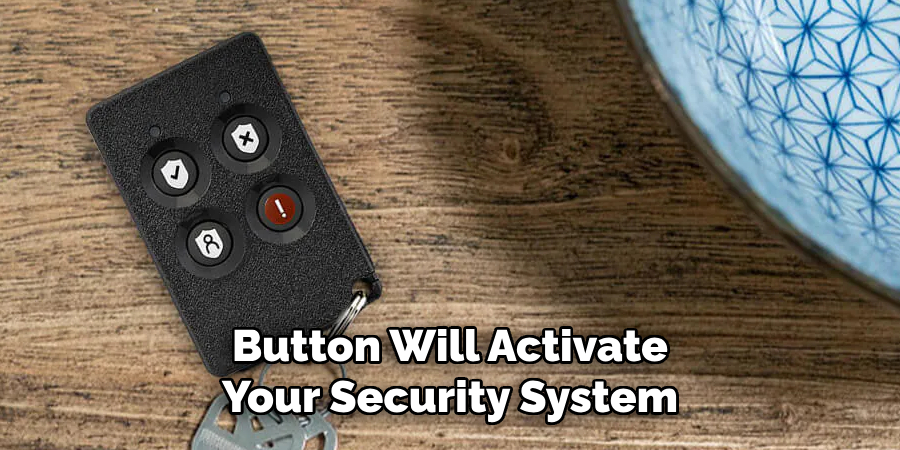
The arming button is one of the most important features on your ADT remote key fob. Typically labeled “Arm” or represented by a closed lock icon, this button enables you to secure your home quickly and efficiently. Pressing this button will activate your security system, placing it in an armed state.
Depending on your system settings, you may have options to select different arming modes, such as “Stay” mode, which secures the exterior of your home while allowing you to move freely inside, or “Away” mode, which secures the entire property, including the interior. It’s crucial to familiarize yourself with how your system reacts to these different modes to ensure you’re using the arming button effectively for your specific security needs.
Step 2. Locate the Disarming Button
The disarming button is another essential function of your ADT remote key fob. Typically labeled “Disarm” or represented by an open lock icon, this button allows you to deactivate the security system. Pressing this button will immediately turn off the alarm functions, giving you access to your home without triggering alerts. It is beneficial when returning home or when you need to temporarily disable the system for maintenance or other purposes. Always ensure you disarm the system responsibly to maintain the safety and integrity of your home security.
Step 3. Use the Panic Button
The panic button is a critical feature of your ADT remote key fob that is designed for emergencies. Typically marked with a shield icon or explicitly labeled “Panic,” pressing this button sends an immediate alert to the ADT monitoring center and may trigger an audible alarm, depending on how your system is configured. Use the panic button only when facing a real emergency, such as a break-in or medical crisis. Familiarize yourself with its location and operation beforehand to ensure you can respond quickly and effectively when needed.
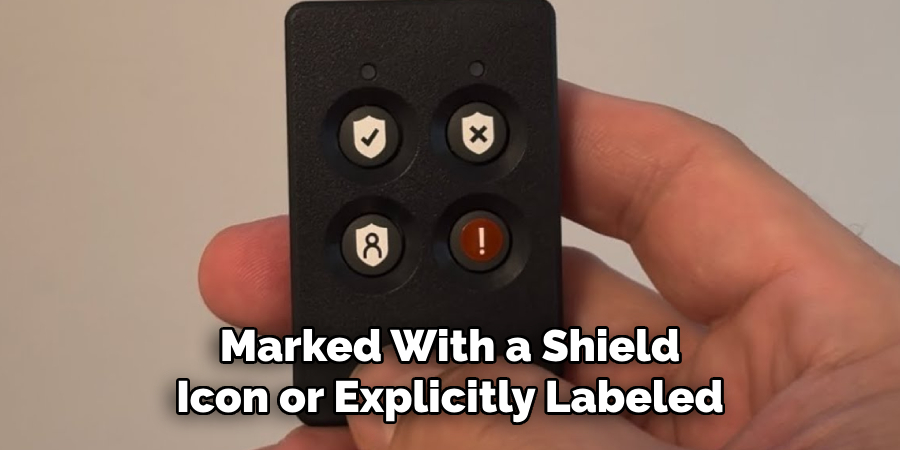
Step 4. Activate the Auxiliary Functions
Depending on the specific model, your ADT remote key fob may come equipped with additional auxiliary functions. These functions can include features like turning on or off bright lights, locking or unlocking doors, or even controlling other smart home devices integrated into your security system. To use these functions, refer to the user manual for your key fob to understand the specific button combinations or sequences required. Experiment carefully in non-critical situations to ensure you are familiar with how these features work, so you can maximize the convenience and efficiency of your smart home setup.
Step 5. Replace the Key Fob Battery
Over time, the battery in your ADT remote key fob will deplete and need replacement to maintain optimal functionality. To replace the battery, refer to your user manual to identify the correct battery type required for your specific model. Locate the battery compartment, which typically involves removing the back cover or unscrewing a small panel. Carefully replace the old battery with a new one, ensuring proper alignment of the positive and negative terminals. Once the battery is replaced, test the key fob by using it to perform an essential function, such as arming or disarming your system, to confirm it is working correctly. Regularly checking your key fob’s performance can help avoid interruptions in your security system’s operations.
Step 6. Perform Routine System Tests
To ensure your ADT security system is functioning correctly, it is important to perform routine system tests. Begin by notifying ADT’s monitoring center that you will be conducting a test, to avoid any false alarms being triggered. Follow the instructions in your system’s user manual to enter test mode, which typically involves navigating through the control panel or app settings. Test key components of the system, such as door and window sensors, motion detectors, and alarms, to verify they are responding correctly. If any part of the system fails, troubleshoot the issue or contact ADT support for assistance. Regular testing helps maintain the reliability of your security system and provides peace of mind.
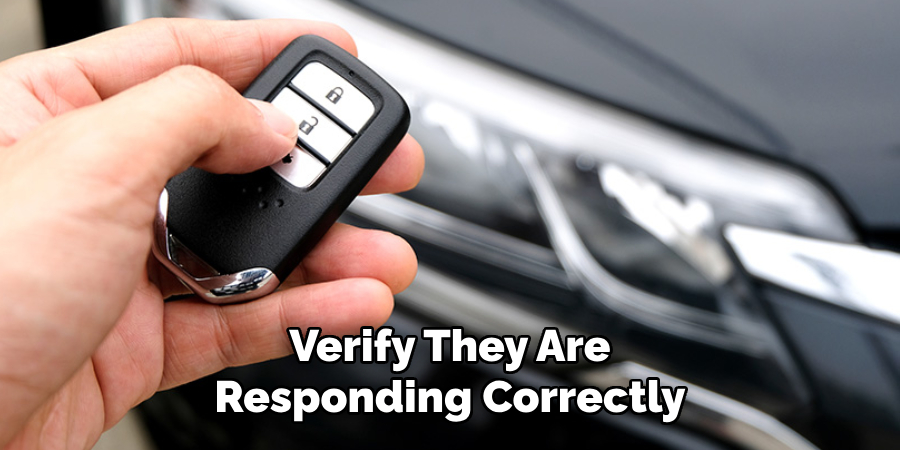
Step 7. Keep Your System Updated
To maintain optimal performance, ensure your ADT security system is always up-to-date. Check for software or firmware updates regularly through the control panel or mobile app, as these updates often include important security enhancements and bug fixes. Staying current with updates helps protect your system from potential vulnerabilities and ensures compatibility with any newly released features. If automatic updates are enabled, verify that they are functioning correctly. For any questions or assistance with updates, contact ADT support. Keeping your system updated is a crucial step in securing your home effectively.
Step 8. Educate Your Household
A well-informed household is key to maximizing the effectiveness of your ADT security system. Take time to educate all members of your home on how the system works, including arming and disarming procedures, responding to alerts, and using associated features like panic buttons or mobile apps. Ensure children and guests understand the importance of maintaining security protocols, such as not sharing passcodes with unauthorized individuals. By involving everyone and promoting awareness, you can create a safer and more secure environment for your home.
Step 9. Update and Maintain Your Contact Information
Keeping your contact information up to date is essential to maintaining your ADT security system. Ensure that ADT has your phone numbers, email addresses, and emergency contacts. This ensures that you can be promptly reached in case of an emergency or an alert triggered by your system. Review your contact list periodically and make necessary updates, such as removing old numbers or adding new trusted contacts. Maintaining accurate information helps ADT respond quickly and effectively, providing peace of mind and enhanced protection.
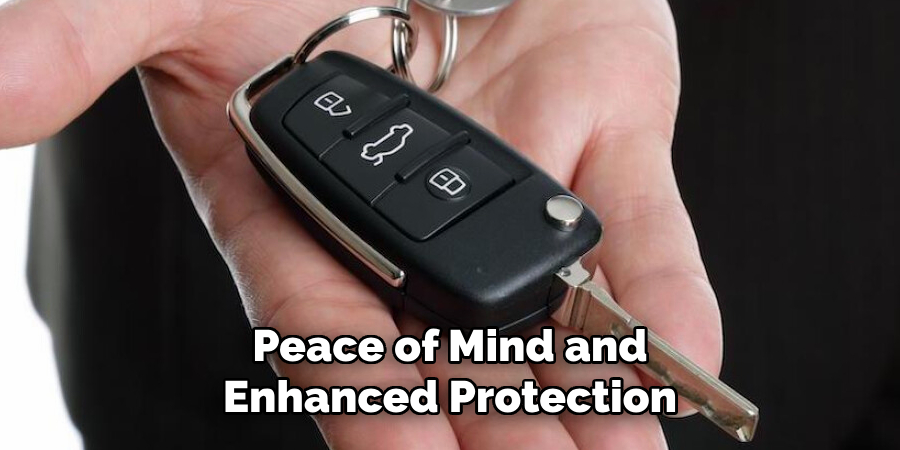
You can ensure optimal functionality and reliability by following these steps and regularly maintaining your ADT security system.
What is the Panic Button on the ADT Key Fob?
The panic button on the ADT key fob is a critical feature designed to provide immediate assistance during emergencies. When pressed, the panic button sends a signal to your ADT monitoring center, alerting them that you require urgent help.
This feature can be particularly valuable when you feel threatened, require medical assistance, or notify authorities quickly. The key fob is compact and easy to carry, allowing you to always have this essential tool on hand, whether at home or on the go. It’s essential to familiarize yourself with its location and function to use it effectively during high-stress moments.
Remember to test the button periodically as guided by ADT’s instructions to confirm it’s working as intended, but avoid accidental false alarms to prevent unnecessary dispatches.
Conclusion
How to use ADT remote key fob symbols is crucial to maximizing the convenience and safety it provides.
Each button and symbol on the fob serves a specific purpose, such as arming or disarming your system, triggering a panic alarm, or controlling auxiliary functions like smart home devices. Ensure you familiarize yourself with the key fob’s layout and functions by referring to the user manual or instructions provided by ADT. Regular practice and proper handling will allow you to use the key fob confidently.
By mastering its symbols and features, you can enhance the convenience and efficiency of your ADT security system, helping to protect your home and loved ones effectively.
About
Safety Fic is a distinguished figure in the world of Diy design, with a decade of expertise creating innovative and sustainable Diy solutions. His professional focus lies in merging traditional craftsmanship with modern manufacturing techniques, fostering designs that are both practical and environmentally conscious. As the author of diy, Safety Fic delves into the art and science of Safety Fic-making, inspiring artisans and industry professionals alike.
Education RMIT University
(Melbourne, Australia) Associate Degree in Design (Safety Fic) Focus on sustainable design, industry-driven projects, and practical craftsmanship. Gained hands-on experience with traditional and digital manufacturing tools, such as CAD and CNC software.
Nottingham Trent University
(United Kingdom) Bachelor’s in diyfastly.com and Product Design (Honors) Specialized in product design with a focus on blending creativity with production techniques. Participated in industry projects, working with companies like John Lewis and Vitsoe to gain real-world insights.
Publications and Impact
In diy, Safety Fic his insights on indoor design processes, materials, and strategies for efficient production. His writing bridges the gap between artisan knowledge and modern industry needs, making it a must-read for both budding designers and seasoned professionals.
